1. Homer
Although the mysterious character of Homer has always been associated to these two great epic poems of ancient Greece, little is known about him beyond the fact that he was the name given to the works by the Greeks themselves in antiquity. So much can be considered to be likely, including the existence of an epic poet named Homer and his role in producing the Iliad and Odyssey. If this premise is correct, Homer is without a doubt one of the greatest literary artists of all time.
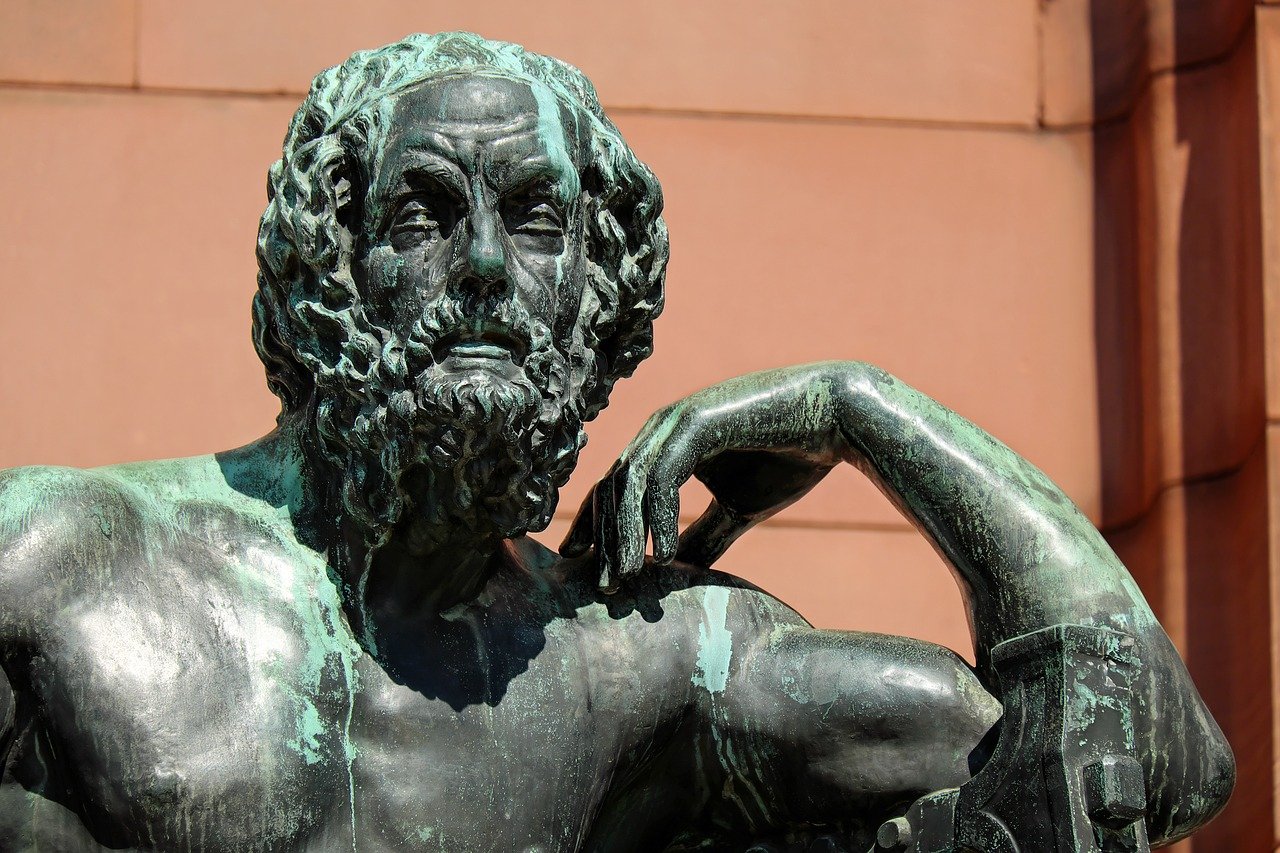
Although there is a great doubt whether he is Fictional person or not. If he is real person there is no doubt that he was an oral traditional great poet and his poem were definitely transcribed by others.
2. John Henry
John Henry’s storey is based on actuality. Most historians accept that he was a real man. But there is some doubt. Of course, over the last century, legend has enhanced John Henry’s storey. He was around six feet tall and weighed roughly 200 pounds, so he wasn’t Herculean in stature, but he was a big man for his day and well-muscled.
According to legend, John Henry was engaged as a railroad steel driver. The railroad firm later brought in a steam drill to speed up tunnel construction. “Man versus machine” was the challenge. On the railroad, John Henry was recognised as the strongest, fastest, and most powerful man.
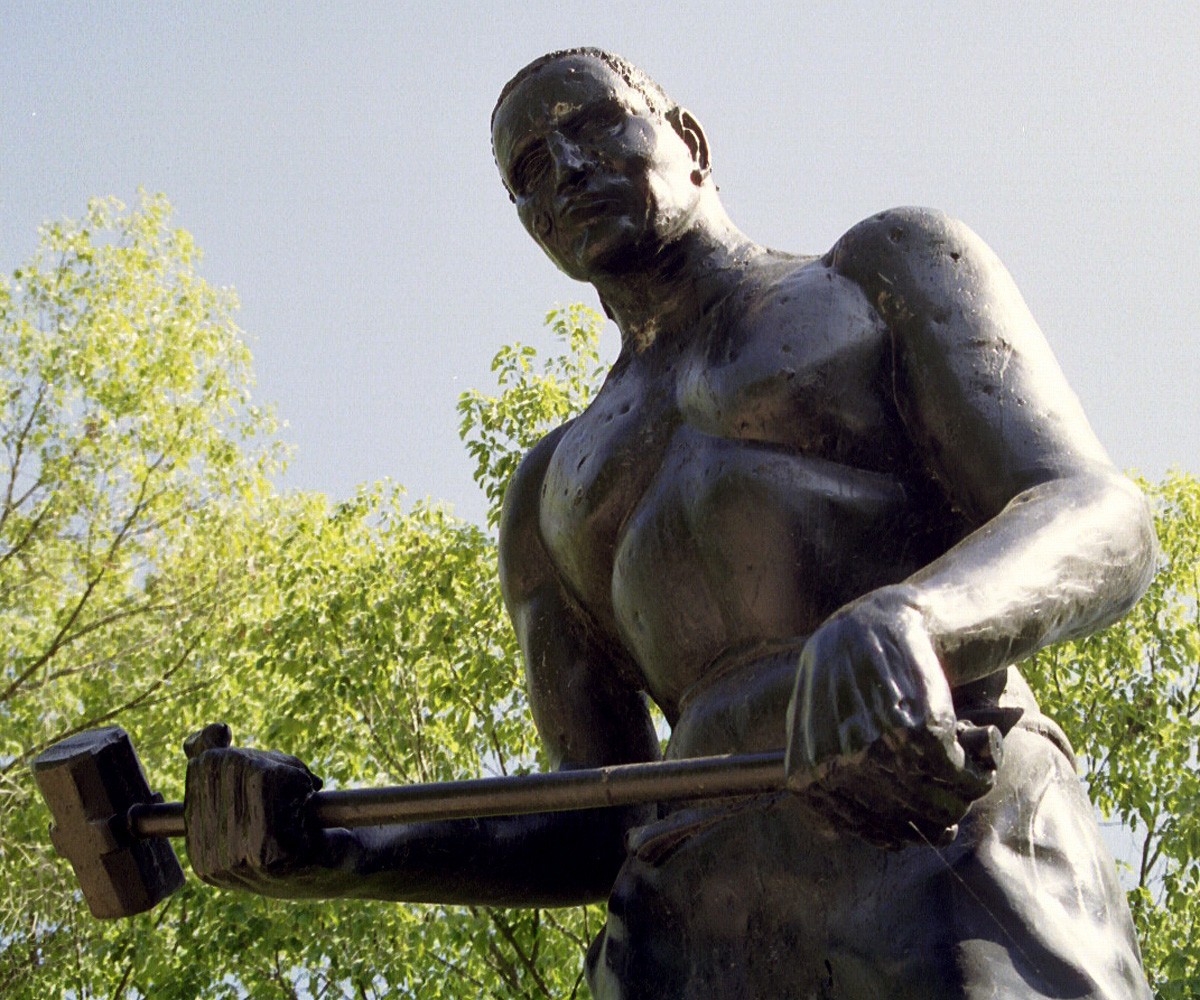
It says that this man faced down a steam-powered drilling machine with a hammer in each hand. “If I can’t beat this steam drill down, I’ll die with this hammer in my hand!” John Henry promised. John Henry became one of the world’s great folk heroes after the Great Bend Tunnel.
His narrative has been told in classic blues folk songs, films, and television series.
3. Kunta Kinte
Kunta Kinte was a Gambian man. Born in 1750. His group name is Mandika. The name of the village is Jufuri. According to custom, he was named eight days after his birth. Grandmother prayed fervently to brighten the face of the family. Kunta Kint’s grandfather was a Pirgoche man. People respected him. Kunta Kint’s successors can still be found in the village of Jufuri.
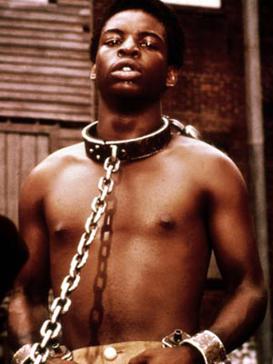
The Roots series, made in 1977, shows Keisa (Kuntar’s daughter) looking for her parents. Keisa, however, could not find her parents. Before that it was taken over by another master. Kunta Kinte died in 1822. Keisa later found her father’s grave. Kunta Kinte writes by deleting Toby’s name from the tombstone. Alex Haley claims he is the seventh generation of Kunta Kint himself.
Kunta Kinte is a character in American author Alex Haley’s 1976 novel Roots: According to Haley, his portrayal of Kunta in Roots is a combination of fact and fiction to an unknown level.
The life narrative of Kunta Kinte was also featured in two American television series based on the book: the original 1977 TV miniseries Roots and a 2016 remake of the same name. LeVar Burton played the character as a teenager, while John Amos played him as an adult in the original miniseries. Malachi Kirby portrays him in the 2016 miniseries. Burton appeared in the television movie Roots: The Gift, a fictional storey that aired over the 1988 Christmas season.
4. Helen of Troy
According to Greek mythology, Helen is the daughter of Zeus and Ladder and the wife of the Menelaus king of Sparta. Helen is commonly known as Helen of Troy. His siblings are: Castor, Polydiosis and Clytemnestra. The Prince of Troy fled from Sparta to Troy with Paris Helen. To avenge this, Menelaus goes to war and the Trojan War begins.

It was more than 3,000 years ago. Thousands of ships sailed across the Aegean Sea to save just one woman. Even back then, she was regarded as the most beautiful woman on the planet. Despite the fact that she couldn’t be happy due of her attractiveness. On the battlefield of Troy, he was supported by tens of thousands of troops. When Troy is reduced to dust, it is a happy and rich city. Helen is always a beautiful woman from another universe.
It’s unlikely that she ever existed, but she is a fictional figure in Homer’s epic poem The Illiad.
5. King Solomon
Solomon is the son of David and Bathsheba, as well as a prophet. He was Israel’s first and most prominent ruler, according to the Hebrew Bible. He reigned from from 970 to 930 BC, and he was born around 1011 BC and died around 931 BC. The city of Jerusalem is claimed to have been created by him. Solomon was the emperor of the entire globe, according to religious beliefs. From 970 to 930 BC, Solomon dominated the globe for 40 years. He was not only the Emperor of Humans, but also of Plants and Animals. Solomon was able to communicate with all living things. According to the Bible, he is the son of David and Bathsheba. Bathsheba was the widow of Uriah the Hittite.
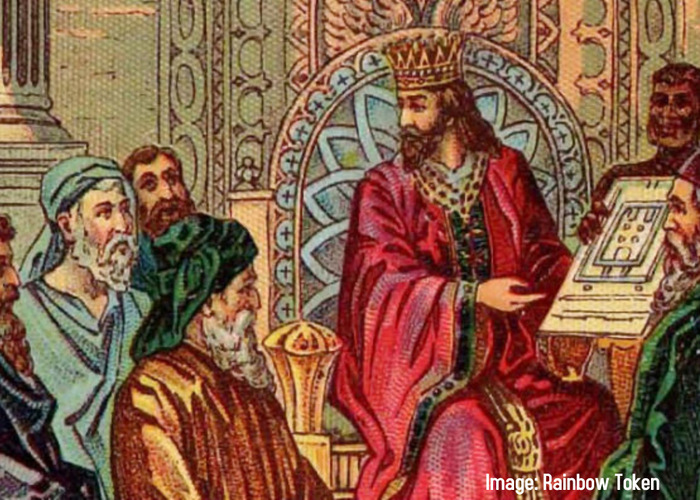
There is scepticism concerning Soloman’s existence. Scholars generally believe that Solomon existed, but they also agree that constructing a historically accurate representation of
monarch is extremely difficult. Doubt is still doubt.
6. King Midas
Midas Frisia is one of the last three royal members of the royal court. He is still quoted in Greek mythology for the story of King Midas. In his famous story it is said that this king lived in a huge palace with great aristocracy. But as a ruler he was immature and irrational. Even the gods were often dissatisfied with his whimsy. Everything he touched would turn to gold. The city of Medium in the region of Frisia is most probably named after him, and according to the Greek traveler Posenius, he laid the foundation stone of Ankara or Ankria. According to Aristotle, Midas died of starvation for this prayer. According to legend, Midas and his father, Gordius, laid the foundation stone of the city of Gordium and Gordian Knot before the Trojan War, in 2000 BC. Homer, however, describes Migdon and Atrius as kings of Frisia, instead of Midas and Gordias.
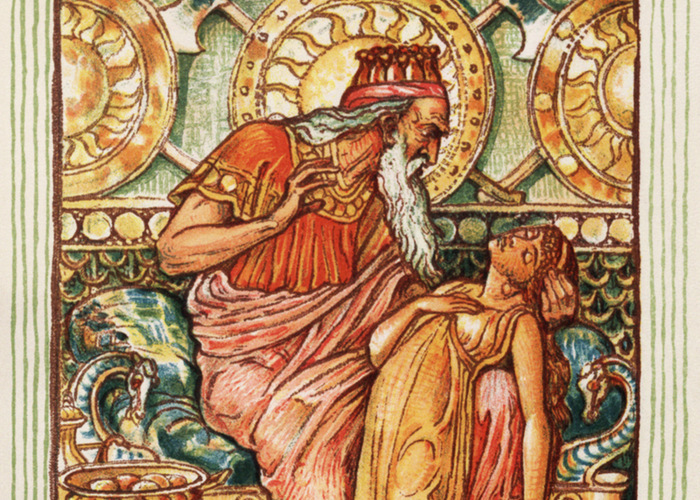
While he may have existed as a genuine monarch, the myth about him is highly unlikely to be historically accurate. However, it is an important component of Greek mythology.
Many of us today will agree that this is nothing more than a myth.
7. Pythagoras
He was born about 570 BC on the island of Samos, off the coast of Turkey in the Aegean Sea.
Pythagoras was a Greek philosopher, mathematician, and the founder of the Pythagorean fraternity, which devised ideals that eventually inspired intellectuals such as Plato and Aristotle, while being religious in character.

Despite his modern reputation as a mathematician and scientist, Pythagoras was not known for mathematics or science during his lifetime or for 150 years following his death, even throughout the time of Plato and Aristotle. He was then known for four things: first, as an expert on the afterlife consequences of the soul, who believed the soul was immortal and constantly reborn, second, as a religious rites scholar, third, as a magician with golden thighs who could live in two places at once, and fourth, as a strict life system. As a result, as its father, there are limitations on eating habits as well as requirements to follow rituals and exercise tight self-control.
While he is attributed with numerous publications and teachings, it is doubtful that he penned them all. Pythagoras, on the other hand, presented the idea of a cosmos founded on moral principles and numerical relations, according to the first examples.
